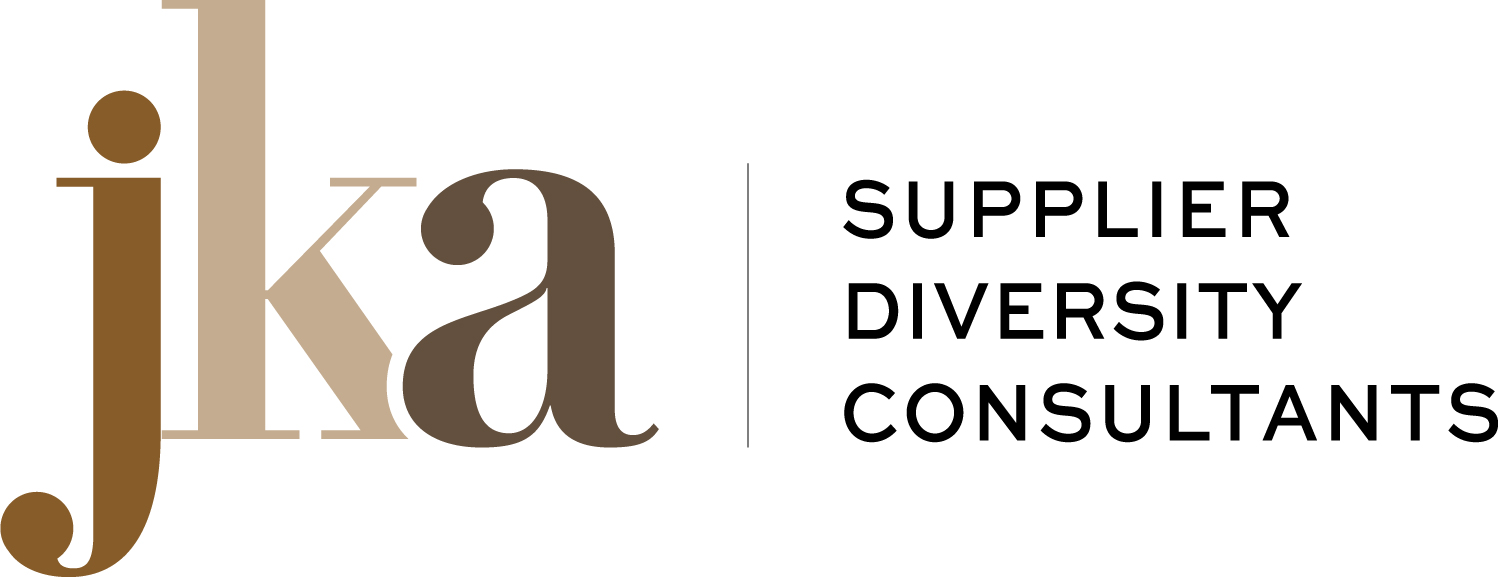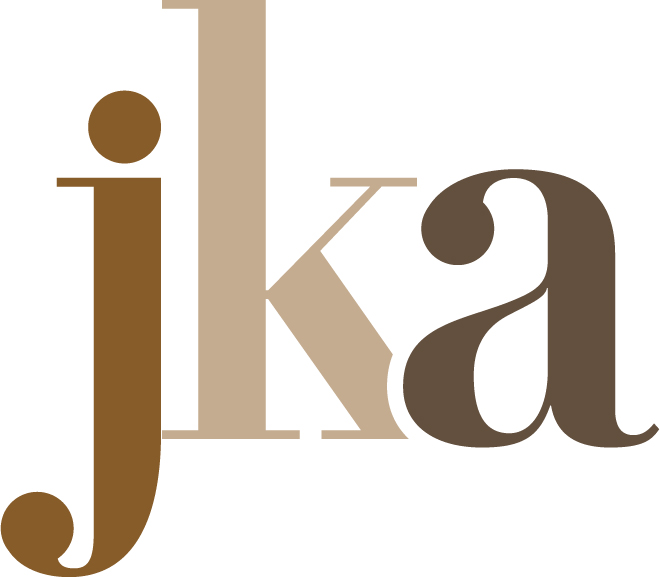 If you are looking to add government agencies to your client roster, you are going to have to develop expertise in responding to and winning RFPs. Here are my recommendations for some of the best practices you can follow:
If you are looking to add government agencies to your client roster, you are going to have to develop expertise in responding to and winning RFPs. Here are my recommendations for some of the best practices you can follow:
- Read the Entire Solicitation: Avoid skipping right to the scope of work and take the time to read the entire solicitation (which can often be 100s of pages). Reading the entire RFP will give you a full understanding of your obligations and help you to identify potentially hidden costs.
- Understand the Procurement Process: Having a clear understanding of the procurement process will enable you to:
- Know which opportunities to bid on and which ones to avoid.
- Ensure that your company meets the criteria for doing business.
- Complete all the requirements for prequalification and due diligence.
- Have a Strategy for Targeting Opportunities: Make sure your strategy is in alignment with your core business values, capabilities and capacity. You’ll only want to bid on projects that you have the best chance of winning. That means you need to invest time well in advance of when the RFP comes out to familiarize yourself with the agency and conduct market research on your competition.
- Bidder Qualifications: Review bidder qualifications to ensure that your company meets all the criteria for doing business with the agency.
- Evaluation Criteria: Most solicitation documents will provide information on how the RFP will be evaluated. I recommend reviewing the evaluation criteria before creating a proposal outline.
- Create a Proposal Outline: Use a table of contents to create a proposal outline that addresses each category of the solicitation document.
- Compelling Written Response: You’ll need to create a good business case for your company that often includes:
- A history of the business
- The qualifications of key personnel
- Your proposed approach
- Organization charts
- Quality assurance
- Value proposition
- Effective Pricing Model: Although competitive pricing is important to government agencies, it’s only a portion of the evaluation criteria. You want to make certain that you are offering the lowest competitive pricing that takes into consideration all the deliverables required in the solicitation, as well as your overhead and profit.
- Complete all Forms and Attachments: Make sure you fill out all the required forms and attachments, placing them in the appropriate envelops and notarize them (if required).
- Ask for Help: If you are writing the RFP response, then someone else needs to proofread the document. Proofread for spelling and grammar, but also to make sure that all questions in the RFP are answered and to help the reader to understand the concepts you are presenting.
Speaking of help, you can learn more about responding to RFPs by attending my workshop on February 20th. You’ll also learn how you can access free technical assistance with preparing your RFP response. I recommend registering for the course as soon as possible, as they tend to fill up fast. As an M/WBE, this workshop could be what you need to finally start landing RFPs and gaining the income you need to grow your business.
I look forward to seeing you there!





